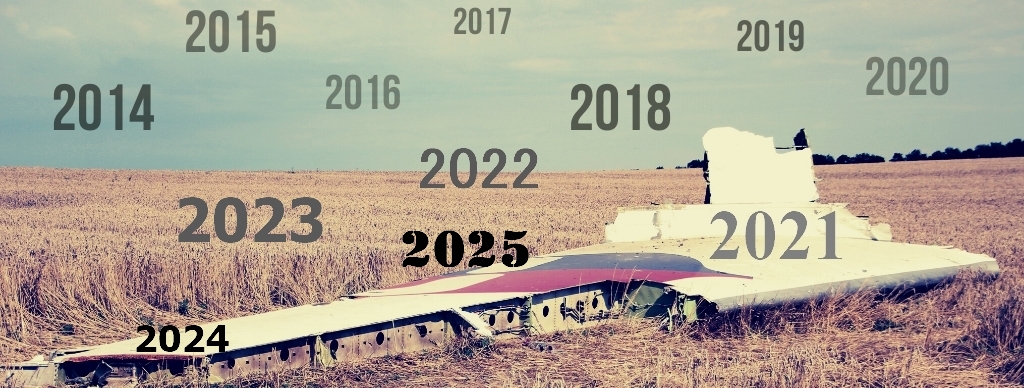60
information86 from the airline and ground handling agent, such as the stubs that had
been torn from the boarding cards.87 The Royal Netherlands Marechaussee also
investigated, among other things, whether the border control systems contained relevant
passenger information and closely monitored news reports in public sources (social
media). With a legal request for assistance, the Royal Netherlands Marechaussee
obtained the flight reservation data from the Malaysian authorities. When collecting and
verifying the information, the Royal Netherlands Marechaussee also used Malaysia
Airlines’ registration forms that relatives had completed at Schiphol.88
The information from these various sources was combined into one list. All data were
entered into an analysis program to detect connections. Thereafter, the Royal Netherlands
Marechaussee searched its own information systems and that of the Municipal Personal
Records Database (GBA)89 for information to link relatives to victims.
The Royal Netherlands Marechaussee reported on the state of the investigation and on
the facts regarding the passengers on board, to the Operations Team in the region. The
Royal Netherlands Marechaussee also attempted to contact the Ministry of Foreign
Affairs via the public information number. However, it did not succeed, because the line
was overloaded with calls. After the Operations Team was disbanded on Friday 18 July,
because the Kennemerland Safety Region scaled down the crisis organisation, the Royal
Netherlands Marechaussee sought contact with the NCC that evening. Until that time,
the NCC had not been aware that the Royal Netherlands Marechaussee was compiling a
list containing passenger information. After this contact, the Royal Netherlands
Marechaussee handed over the list containing the information it collected to the NCC.
The next day, the NCC shared information received from the National Police with the
Royal Netherlands Marechaussee. The NCC also sent the list it compiled containing,
among other things, data from the Ministry of Foreign Affairs and data that the Royal
Netherlands Marechaussee had provided on the previous day.
During the days after the incident, the Royal Netherlands Marechaussee continued its
effort to fnalise the list. This was primarily for the purposes of identifying the victims.
After several days, the Royal Netherlands Marechaussee discovered, at the operational
level, that the LTFO was working on compiling ante mortem fles and was thus conducting
the same activities. At that moment, working agreements were made and the Royal
Netherlands Marechaussee stopped supplementing and verifying the victim information.
The Royal Netherlands Marechaussee then handed over the list they had compiled to the
LTFO.
86 The primary objective was to collect evidence in the interest of the investigation, while the secondary objective
was to confrm the identity of the passengers on board the aeroplane. This investigation report refers to
information instead of evidence.
87 Based on these stubs, a boarding list was compiled that was shared with the forensic investigation team.
88 Within the scope of the investigation (based on Article 126nd/126ud, frst paragraph, of the Code of Criminal
Procedure (Wetboek van Strafvordering), the Royal Netherlands Marechaussee also obtained the booking and
reservation information pertaining to flight MH17 from the airline. This information was not used in the frst phase
of compiling the list of passenger information.
89 Gemeentelijke Basisadministratie persoonsgegevens - GBA.

